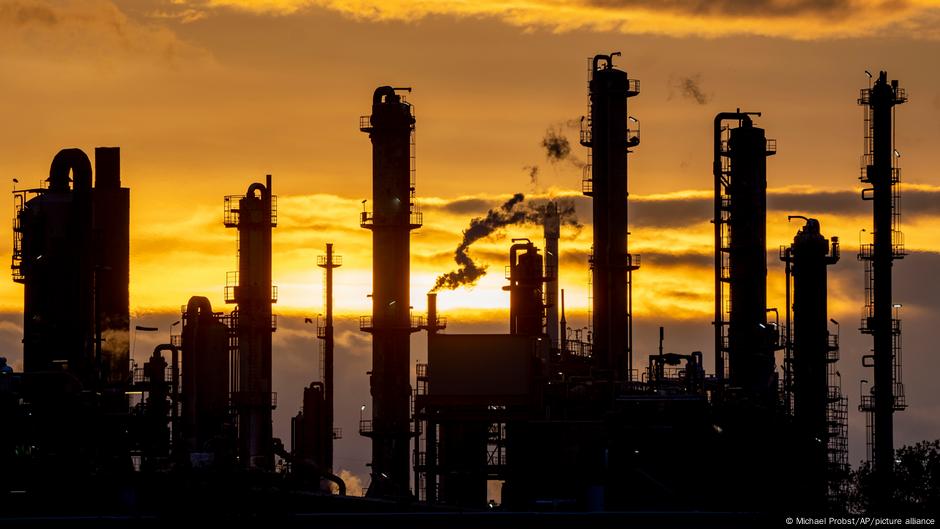Asia's Accelerated Warming Trend Reported by WMO

Asia, the world's largest continent and home to approximately 60 percent of the global population, is currently experiencing warming at nearly twice the global average rate, according to the World Meteorological Organization's (WMO) "State of the Climate in Asia in 2024" report. This rapid warming trend is not only observed across the landmass but also in the sea surface temperatures surrounding Asia, which are similarly rising at almost double the global average over recent decades. The report highlights that in the subperiods of 1961-1990 and 1991-2024, Asia, extending to the Arctic, has warmed more quickly than the global land and ocean average.
The year 2024 marked a significant climate anomaly for Asia, with the average temperature recorded at approximately 1.04 degrees Celsius above the 1991-2020 average, making it either the warmest or second warmest year on record, depending on the specific dataset. This elevated temperature contributed to a series of extreme heat events across many parts of the region. Prolonged heatwaves affected East Asia from April to November, with countries like Japan, the Republic of Korea, and China repeatedly breaking monthly average temperature records. India was particularly hard-hit, reporting nearly 48,000 cases of heatstroke and 159 deaths attributed to extreme heat in 2024 alone.
Beyond temperature increases, Asia is also facing significant impacts from rising sea levels. The WMO noted that sea levels rose faster than the global average on both the Pacific and Indian Ocean sides of Asia, which escalates risks for vulnerable low-lying coastal areas. Glaciers, crucial for water security in many parts of the continent, are also severely affected. Reduced winter snowfall and extreme summer heat led to substantial mass loss in glaciers, particularly in the central Himalayas and Tian Shan regions, where 23 out of 24 monitored glaciers experienced a decline. This poses an increased risk of natural disasters such as glacial lake outburst floods and landslides, and a long-term threat to regional water security.
Furthermore, the continent has grappled with a range of other extreme weather phenomena. Several countries experienced severe damage and tragic loss of life due to extreme rainfall, while tropical cyclones brought widespread destruction. Conversely, droughts led to significant economic and agricultural losses across the region. WMO Secretary-General Celeste Saulo emphasized that the report underscores the profound repercussions of changes in key climate indicators—such as surface temperature, glacier mass, and sea level—for Asia's societies, economies, and ecosystems, stating that extreme weather is already exacting an unacceptably high toll. Pema Gyamtsho, Director General of the International Centre for Integrated Mountain Development (ICIMOD), underscored the injustice of these devastating climate impacts hitting some of the most vulnerable communities and ecosystems, calling the current period the "last decade of action" for preserving essential planetary resources, including glaciers.









